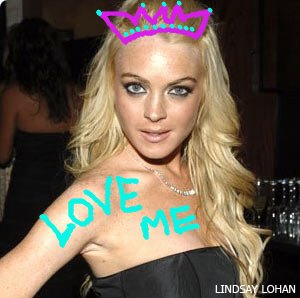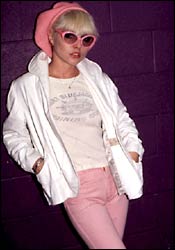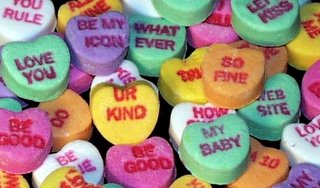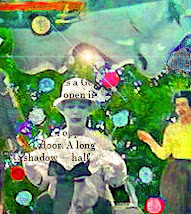Mixed Media textiles by Cathy Cullis (via Poppytalk)


Sunlight Poem Projector by Jiyeon Song (via Craft)

ABC button sewing (via The Style Files)

Book Art by Nicholas Jones (via design*sponge)

: Intersections of Language and Style :










 Clara Bow (left), original "It" Girl
Clara Bow (left), original "It" Girl 
An It girl is a young woman famed for her good looks, but in recent years has come to describe a new up-and-coming young starlet who has recently broken into mainstream cinema. The term was coined after Clara Bow made the film It in 1927, which was a vehicle for her sex-appeal. Consequently, Bow was dubbed the "It girl", "It" being a euphemism for sex-appeal.
Meet America's newest obsession: Hollywood It Girls. Smoking hot and barely legal, they live in multi-million dollar pads, zip around town in the coolest cars and date Hollywood boy-toys all the other girls would kill for- all while carrying around their pooches in thousand-dollar Louis Vuitton purses. And while these young starlets cross every velvet rope in town, nobody dares to cross them.



Read books, get sex: That's what racy advertisements on hundreds of city buses are suggesting to teens - and red-faced transit bosses are outraged.
The salacious ads by hip-hop clothing line Akademiks declare: "Read Books, Get Brain."
But kids say "get brain" does not mean smarts. It's slang for oral sex. And the company behind the ads told the Daily News the slogan choice was no mistake.
"We knew this," fessed up Anthony Harrison, Akademiks' ad designer. "It's coded language, city slang. Teens know what it means but the general public doesn't."



Bender: Saying "the man" or "the woman," sometimes I like those words better than the words of names, even though it's true that once you name someone they're more specific and the reader can identify with them more. Maybe it's just an attraction to a kind of fairy-tale storytelling — it feels like names would be slightly too specific for the story; sometimes it would be a loss to attach a name to the characters. Like the big man and the little man [in "End of the Line"] — the big man can't have a name. I would lose part of my feeling about who he is. He's just "the big man"; he can't be Bob.


 She's my favorite tough girl. Mercurial, volatile, brassy, and funny as hell. She bulldozes through the halls of McKinley High, spitting nails and scowling. She is my current make-up inspiration. Pale lips and smudged-cover-girl eyes. And I totally want her blue jacket.
She's my favorite tough girl. Mercurial, volatile, brassy, and funny as hell. She bulldozes through the halls of McKinley High, spitting nails and scowling. She is my current make-up inspiration. Pale lips and smudged-cover-girl eyes. And I totally want her blue jacket.I'm not sure why this is so. Unlike the "mean girl," the "tough girl" isn't necessarily dripping with femininity (though there is "bad gal" make-up). And though Buffy is TOTALLY "tough," Kim Kelly's toughness is of a different sort. And though Paris Gellar's tongue is just a sharp, she's way more square. It seems as though the tough girls without a calling or a type-a personality have gone underground.
So this is one of my current projects. I'm looking for tough girls on TV. I think I might start by checking out this new ROLLERGIRLS show from A&E. And I'd like to take a look at this book and this book.
And speaking of books, I'd like to end this post with a bit from one of Kim Kelly's book reviews. This is from her review of Deenie by Judy Blume.
Girls get tested for scoliosis all the time in gym class and it sucks. How'd you like to take your top off, stand around in your bra, and bend over in front of a doctor? So don't complain about that "turn your head and cough" crap. Anyway, Deenie has to wear a scoliosis brace. That's got to be pretty rough. But she's so conceited you want to slap her. It's like, "Boo hoo, now I can't wear my cute new school outfits!" And her mom's a real piece of work. All she cares about is forcing Deenie to be a model, so she can mooch off her daughter's paychecks. If I were Deenie, I'd make her mom wear the brace for a day or two. Then maybe she'd leave her alone. The one cool thing about Deenie is that she tells people the truth about her brace, instead of making up some lie. Eventually, everyone gets used to the idea. And this cute guy still wants to make out with her.
Read more about Kim Kelly and her book reviews here. And give me a shout if you know any tough girls.



